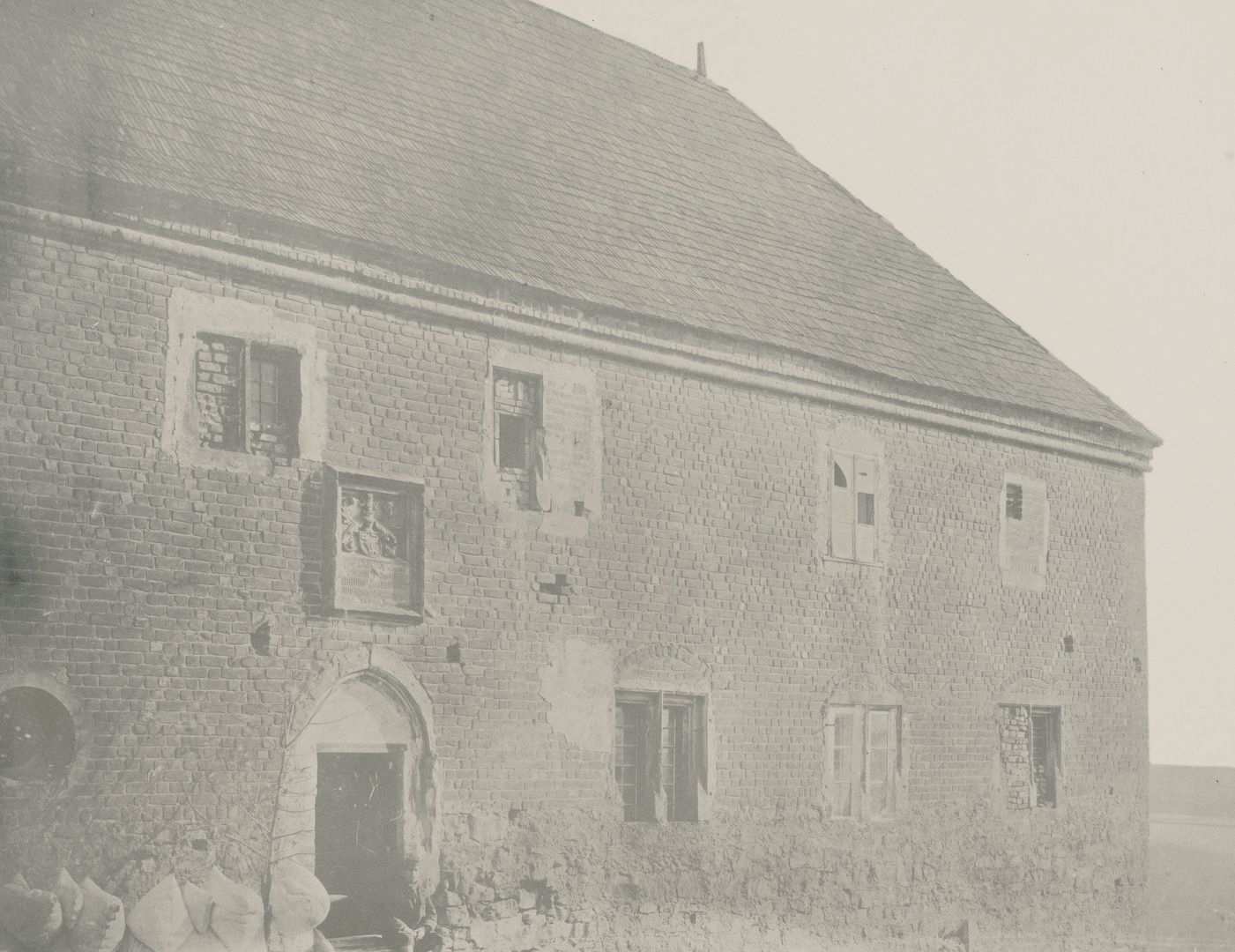Długosz's House in Sandomierz
6.93

Overview
Długosz House in Sandomierz, located at 9 Jana Długosza Street, is a late Gothic building founded by Jan Długosz in 1476. Designed by Master Jan of Kraków, it was built of brick on a stone foundation and is distinguished by its characteristic Polish Gothic layout and decorative diamond patterns made of zendrówka bricks. The interior features a spacious hall with two Gothic portals, above one of which is a foundation plaque bearing Długosz's coat of arms, Wieniawa, and the construction date. In the 16th century, the façade was enriched with an attic, and over the following centuries, the building underwent various renovations, which led to its deterioration in the 19th century after the dissolution of the mansionary congregation. Between 1934 and 1936, thanks to Bishop Włodzimierz Jasiński, restoration work began, reconstructing the roof, gables, and decorative details. Modern functionality divided the former hall into two parts, but the original room layout, stairs, and sandstone window and door frames were preserved. In 1937, the Diocesan Museum was opened, which gained new collections after the restoration. The task of organizing the interiors and arranging the exhibitions was entrusted to Karol Estreicher. On November 22, 2017, at the request of the Minister of Culture, Długosz House and the Sandomierz architectural and landscape complex were added to the list of Historic Monuments, highlighting their exceptional historical and artistic value. The monument area also includes many valuable landmarks of Sandomierz's Old Town, making Sandomierz an important site in Poland's cultural heritage.
Location
2025 Wizytor | All Rights Reserved